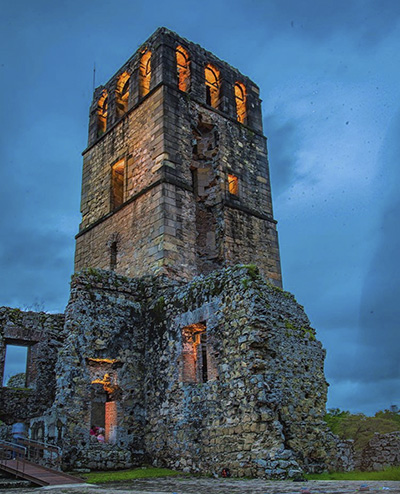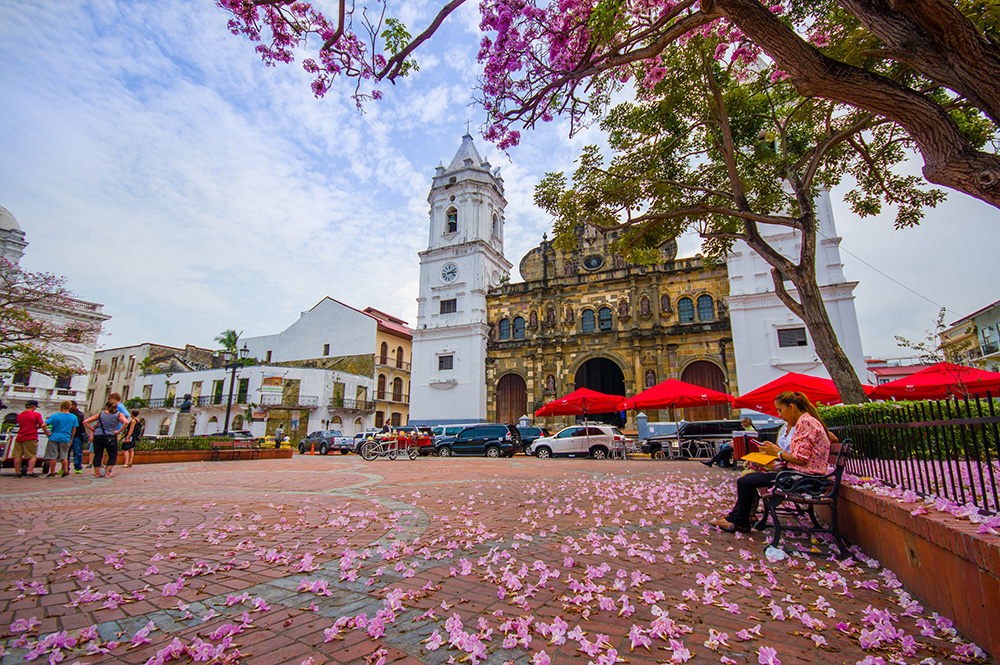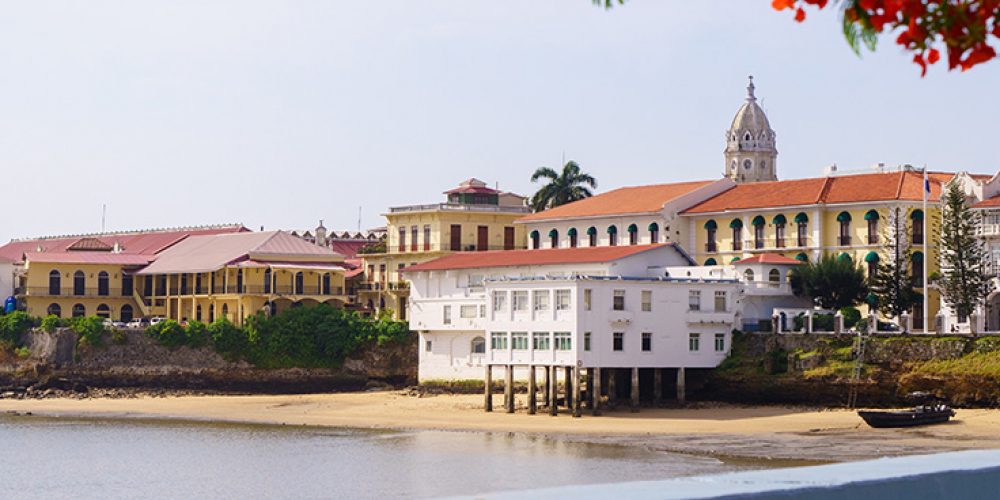Founded on August 15, 1519, the city of Panama has had, from its beginnings, a clear mission since the dawn of the colonial period: to serve as a cultural meeting point and seaport for the exchange of merchandise between Europe and the Americas.
Although the city has changed considerably since then, its original purpose remains intact, albeit its transformation into one of the most attractive and special destinations for international meetings and conferences –a byproduct of the amplification and modernization of its services.

This year, the Panamanian capital celebrates 500 years of history –a fact that creates the perfect opportunity for the organization of high-impact international events due to the variety of one-of-a-kind historic, cultural and natural attractions found within its limits. Panama, for example is the only city in the world where it is possible to see the sun rising over the Pacific Ocean, and setting over the Atlantic.
Two of the city’s historic attractions, the ruins of the original settlement and the San Felipe District (the ‘new’ city founded after the destruction of Old Panama) constitute the two components of a single World Heritage Site (so declared by UNESCO in the late 1990s) and which offer a variety of unique venues for meetings and special events. These are:
The Old Panama Monumental Compound: This recently-restored compound of ruins offers four main events venues: The Old Panama Cathedral, La Concepción Convent, the Jesuit Convent, and the Main Square. Although events can take place at the aforementioned sites the entire year, these venues are highly recommended for the dry season (January-April,) especially during evening hours. It is also possible to use the Old Panama Museum for high-quality indoor activities.
Old Quarter/San Felipe District: At the other end of the city, visitors will find the Old Quarter (a.k.a. San Felipe District,) founded by the Spanish in 1673 after the destruction of Old Panama by Sir Henry Morgan. It encloses a mixture of architectural styles (Spanish colonial, French, Caribbean & North American) covering between the 18th and 20th centuries. Its main culture house is the National Theater (1908,) which will reopen in September of 2019 after an extensive renovation period. Next to it is the Bolivar Palace and Hall, which hosted Simon Bolivar’s Amphictyonic Congress of 1826.


Other points of interest for the hosting of events at the Old Quarter are the French, Cathedral (or Independence,) and Bolívar plazas; the American Trade Hotel, and a wide variety of private establishments, many of which have opened interesting cocktail terraces offering views of the rest of the Quarter, the city’s skyscrapers, and the Bay of Panama.
















































































Comments 0